Samsung Galaxy Note 10 Plus vs. iPhone XS Max: Who Takes Better Photos?
Dhir Acharya - Sep 05, 2019
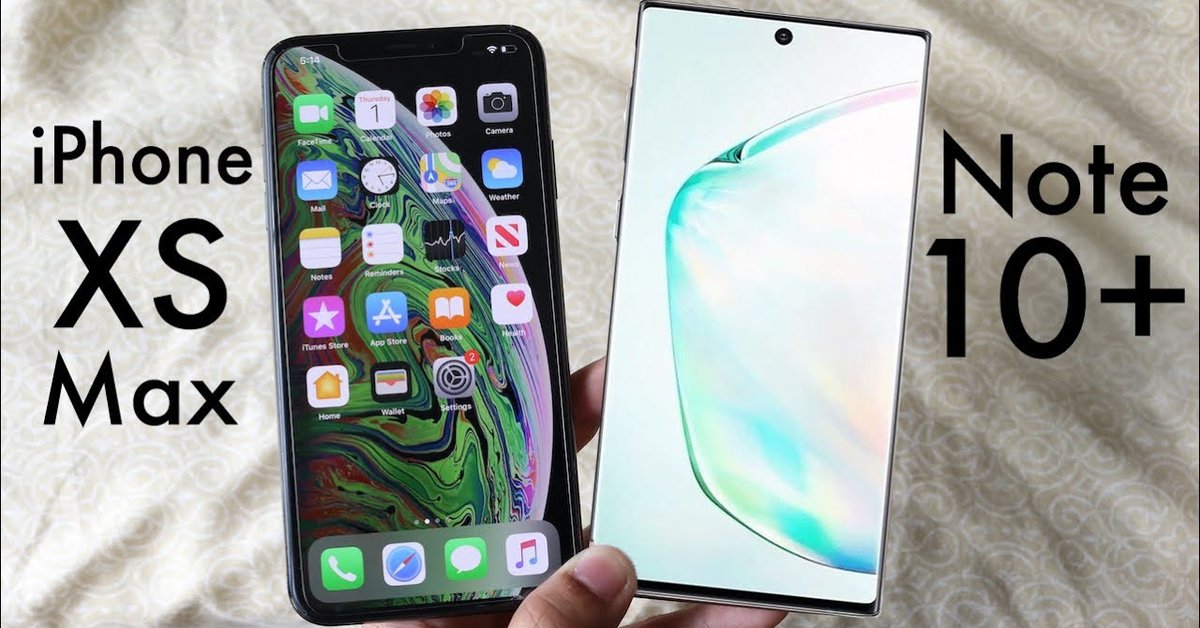
On paper, the Note 10 Plus seems to beat Apple’s iPhone XS Max on paper, as the XS Max has only three cameras and no interesting features.
- Best Gaming Phones 2025: Top Devices for Mobile Gaming
- Samsung Odyssey 2025 Gaming Monitors Launch in India with Revolutionary Features
- Samsung Galaxy Z Fold 7 Ultra: The Next Chapter of Premium Foldables
When it comes to photography, Samsung seems to make the best effort with its Galaxy Note 10+, with five sensors, low light photography, better tools for shooting video, and more capturing angles. On paper, the Note 10 Plus seems to beat Apple’s iPhone XS Max on paper, as the XS Max has only three cameras and no interesting features. However, impressive specifications do not necessarily mean better photos and that will be uncovered in this article.

On paper
Galaxy Note 10 Plus
This flagship sports a similar camera setup to that on the Galaxy S10 and Galaxy S10 Plus, featuring three rear cameras including a traditional wide-angle lens, a telephoto lens, and an ultra-wide-angle lens (the first for the Note phones). However, it also packs a ToF (Time-of-flight) sensor for 3D mapping, like the Galaxy S10 5G. In addition, the smartphone has a front-facing camera.
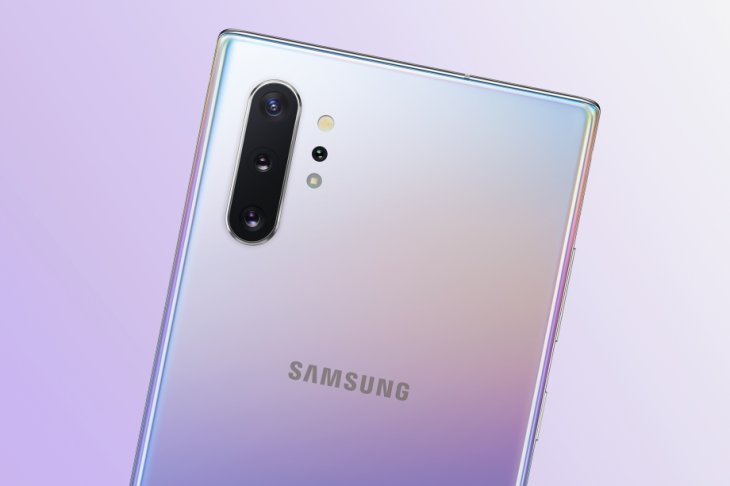
iPhone XS Max
There two lenses on the rear of this premium smartphone, including telephoto and a wide-angle lens. On the front, the iPhone XS Max houses a True Depth front-facing camera that doubles for Face ID authentication. The device doesn’t deliver as many photo modes as the Note 10 Plus, but it generates great shots and videos.
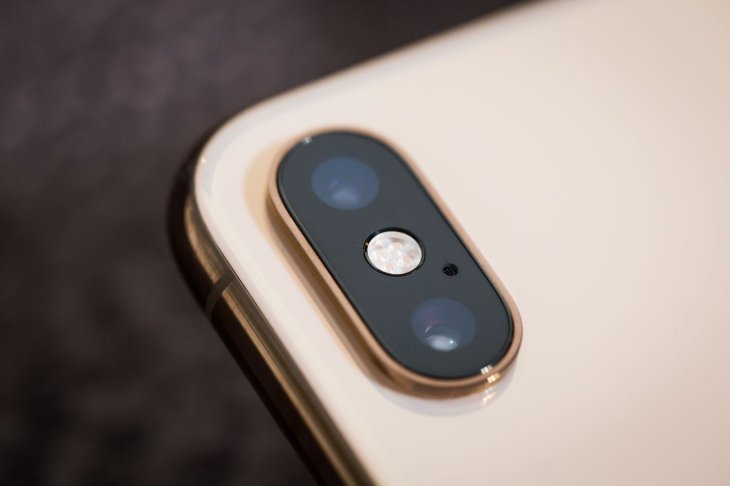
For the sake of this comparison, please keep in mind that the iPhone XS Max is a last year’s model, Apple will launch new iPhones in the next few days. The photoshoot was conducted by Cnet, which will reveal a lot about how different the phones are regarding photography.
Camera comparison in a real-life photoshoot
Both take great general shots, but the Note 10 Plus has an ace up its sleeve
In decent lighting conditions, it’s hard to tell the difference between photos taken by these two phones. They all look good with sharp detail, great dynamic range, as well as even lighting. There are some small differences in terms of exposure and color temperature, but we cannot pick a winner just from that.
However, Samsung’s candidate better evens out the exposure in most of the photos, attributing to its main camera with dual apertures though the saturation can be a little overboard.

On the other hand, Apple’s candidate has slightly more subdued colors, looking a bit more natural and does better in evening out human skin in the afternoon light.
Then the Note 10 Plus came in with its ability to capture a far wider landscape view thanks to the ultra-wide-angle lens. Meanwhile, XS Max users would have to change their location for the same wide view. The ultra-wide-angle lens is not only for landscape but it also delivers more flexibility for almost every shot with little distortion at the edges of both video and stills. The phone lets you shoot videos at 4K resolution.

Who wins? The Note 10 Plus, it has a clear advantage over the iPhone thanks to its ultra-wide-angle lens.
Samsung’s flagship offers ultra-stable, ultra-wide videos
For shooting videos of people, the iPhone may have more cinematic quality, but the Note 10 Plus has three vantage points to use in filming (wide angles, telephoto, and ultra-wide angles) as well as smoother tracking shots.
When it comes to recording a tracking shot, which was tested on a beach, both the phones did very well, but Samsung’s phone was the clear winner. The iPhone captured a stable video, but it had difficulty in figuring out the exposure, constantly switching between the dark gray sand and the white cloud. That resulted in a weird effect in the clip.
The Note didn’t run into that exposure problem and its video looked smooth with the regular video stabilization setting. In addition, it offers Super Steady video mode which can be activated from the primary viewfinder, making a running video look as if it were shot using a gimbal. The Note has only one drawback, in Super Steady mode, the videos can only reach 1080p resolution.
Furthermore, the Note 10 Plus can zoom in on audio. When you zoom in, you would want the audio source to be louder too, this feature works well with one source. However, if there are several audio sources, the feature will turn up the volume for every source. It may be too much, but you can turn it off via settings.
The phone both offer a time-lapse feature and can shoot slow-motion video at 1080p, 240 fps. However, only the Note has a Super Slow Motion feature which allows shooting at 720p, 960 fps.
Who wins? The Note 10 Plus, thanks to the ultra-wide-angle video as well as better stabilization.
Portrait video needs improvement
The iPhone XS Max and the Note 10 Plus has different names for bokeh effect, Portrait mode and Live Focus, respectively. But the Note enables this feature for videos while the iPhone doesn’t.
However, it’s hard to use this feature for videos for the same effect. First, it seems that the Note doesn’t recognize pets as subjects and keeps asking you to find a face instead. Applying Live Focus on human is no easier. It works from a certain distance, meaning you cannot rely on it to capture fast-moving subjects.
Even when the feature works, it does not look really great either. The videos appear a little blown out while the cutout around the video’s edges was unnatural.

But Portrait mode/Live Focus photos are a different story. Both the phones generate great portraits with soft features, flattering skin tones, as well as a natural bokeh effect. You can also modify the blur intensity before and after taking the shot, besides a lot of different effects. While the XS Max offers different options for lighting effects, the Note allows swirling the background or making it monochromatic. However, you can shoot Live Focus photos using the wide-angle lens and the telephoto lens.
Who wins? The Note 10 Plus, again. Its Live Focus for video needs improvement, but it gives two angles for portrait mode in photos.
The Note 10 Plus has an excellent front-facing camera
Live Focus on the front camera excels. For selfie videos, the blur is much more consistent and the distance is now consistent. And even without using Live Focus, the note’s front-facing camera still shoot more flattering videos.
The Note’s front-facing camera takes amazing photos too. The iPhone shows realistic textures and skin tones in selfies, but the Note generates brighter, softer, and more flattering selfies without using beauty mode. It also allows you to choose between the regular wide-angle and a bit wider angle to help you fit better in the shot.
Who wins? The Note 10 Plus.
The Note 10 Plus takes brighter shots at night
The Note 10 Plus is the first smartphone to have a dedicated Night mode backed in from the start, while the Note 9 and Galaxy S10 got it through later software update.
The test for lowlight photography took place in an aquarium, the Night mode was turned on in the Samsung flagship and the iPhone was left with the regular mode.
The iPhone XS Max did a great job considering that it doesn’t come with a dedicated low-light mode. The phone generated more natural colors while capturing the sea creatures with hardly any noise. However, the Note took sharper, brighter shots even without the Night mode.
Who wins? The Note 10 Plus.

Extra features
Both phones offer a lot of extra features, but the Note has a feature called AR doodles. It lets you add doodles to your videos, in a 3D space or on a person. You can draw something on your subject, start shooting, and the doodles stick to the subject even when they come in and come out of the frame.
In addition, you can make use of the S Pen for controlling the camera from a distance. By waving it up while pressing the button, the phone will switch to the selfie camera. By waving the S Pen to the side, you change modes then just press the button to record.
However, the most practical additional feature is probably the native video editor, letting you rotate, trim, and add a filter to videos without having to leave the camera app. Moreover, the device allows editing different videos together to produce a short film with collected memories. When iOS 13 rolls out, the iPhone will get a native video editing tool too with the same features.
Who wins? The Note 10 Plus, at least until the XS Max catches up.
So, the ultimate winner is
…the Samsung Galaxy Note 10 Plus. Both the Note and the iPhone shoot great pictures, portraits, and videos. However, the Note offers more tools to optimize the outcomes: smoother video, brighter night shots, as well as wider angle for selfies, photos, and clips. These are already enough to beat the iPhone.
But, don’t forget that the iPhone used in this comparison is 2018’s model and most of the features it’s lacking will come in the next software update, iOS 13. Probably then, we should reevaluate and put them in comparison again.
Featured Stories

Mobile - Oct 23, 2025
How Casual Games Are Winning the Mobile Attention War
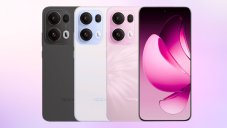
Mobile - Jul 03, 2025
OPPO Reno 14 Series Hits India: Launch Date, Cameras, and Specs
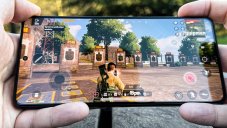
Mobile - Jun 12, 2025
Best Gaming Phones 2025: Top Devices for Mobile Gaming

Mobile - Jun 12, 2025
Vivo T4 Ultra Debuts with MediaTek Dimensity 9300+ Chipset

Mobile - Jun 08, 2025
Realme GT 7T Review: Power Meets Endurance in Controversial Style

Mobile - Jun 08, 2025
Motorola Edge 60 Set to Debut in India This June

Mobile - Jun 07, 2025
Realme C73 5G Launches in India: Budget 5G Phone Starts at ₹10,499

Gadgets - Jun 07, 2025
OnePlus 13s Makes Indian Debut: Compact Flagship Brings Premium Features at...
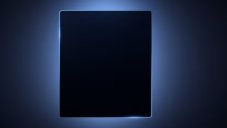
Mobile - Jun 04, 2025
Samsung Galaxy Z Fold 7 Ultra: The Next Chapter of Premium Foldables

Mobile - Jun 02, 2025
Comments
Sort by Newest | Popular